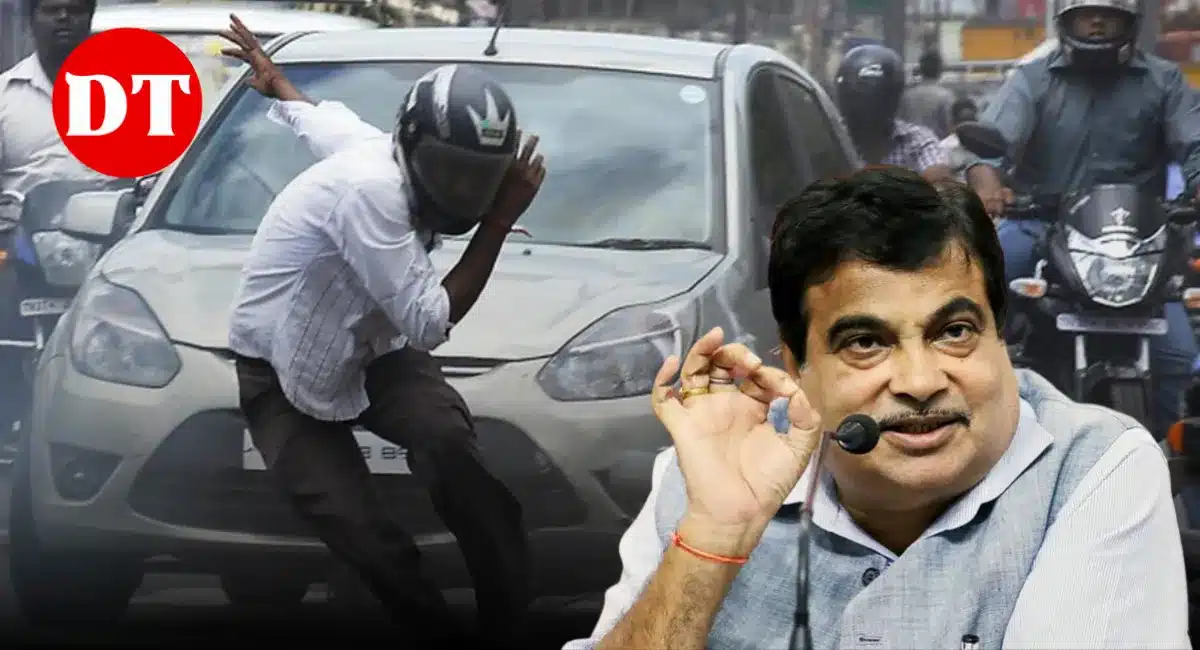The Indian government is set to introduce a modified scheme by March that will provide cashless treatment for road accident victims across the country. Union Minister Nitin Gadkari announced that under this scheme, victims will be entitled to receive a maximum of ₹1.5 lakh per accident per person.
This initiative will cover all road accidents involving motor vehicles on any type of road. The National Health Authority (NHA) will oversee the implementation of the program, working in coordination with police, hospitals, and state health agencies.
The program will utilize an IT platform that combines the functionalities of the e-Detailed Accident Report (eDAR) application from the Ministry of Road Transport and Highways and the NHA’s Transaction Management System. Gadkari explained that victims will be eligible for cashless treatment for up to seven days from the date of the accident.
This announcement follows the launch of a pilot program on March 14, 2024, aimed at providing cashless treatment to road accident victims. Initially started in Chandigarh, the pilot program was designed to create a system for delivering timely medical care to accident victims, especially during the critical “golden hour” after an accident. The program has since been expanded to six states.
In addition to the cashless treatment scheme, Gadkari mentioned that the government is reviewing labor laws to establish a policy for regulating working hours for commercial drivers. This move comes in response to concerns about driver fatigue, which has been linked to fatal road accidents. Currently, India faces a shortage of approximately 2.2 million drivers.
The Ministry of Road Transport and Highways (MoRTH) recently held a two-day workshop on January 6 and 7, 2025, to discuss various issues and solutions aimed at transforming India’s road transport sector. Topics included the implementation of the Vehicle Scrapping Policy, nationwide adoption of the Pollution Under Control Certificate (PUCC) 2.0, and timelines for introducing BS-VII emission norms, which are expected to reduce pollution levels.
Gadkari also announced a new scheme to establish Driver Training Institutes (DTIs) across the country, offering incentives for setting up these institutes and additional support for integrated infrastructure.
The minister emphasized the need for specific regulations to improve the safety of e-rickshaws, given their increasing presence in India. Discussions also included the introduction of Advanced Driver Assistance Systems (ADAS) for trucks and the enforcement of retro-reflective tape for transport vehicle safety.
Furthermore, the meeting addressed the implementation of monitoring centers and vehicle location tracking devices (VLTD) to enhance the safety of women and children. The government aims to launch and integrate all faceless services by the end of March 2025, with a committee of secretaries working on standardizing these services and documentation for vehicle registration.
This comprehensive approach reflects the government’s commitment to improving road safety and providing better support for accident victims in India.










